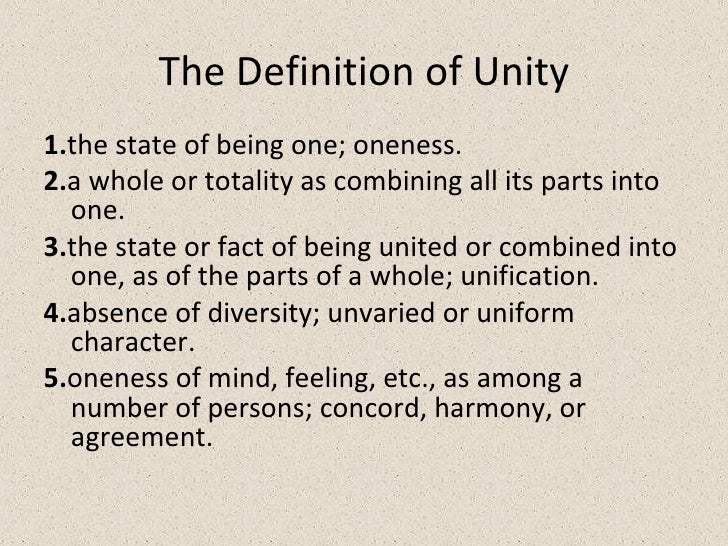
DNA is a long biopolymer composed of four types of bases. Heritable characteristics are passed from one generation to the next via DNA, a molecule that encodes genetic information. However, some people tan more easily than others, due to differences in genotypic variation a striking example are people with the inherited trait of albinism, who do not tan at all and are very sensitive to sunburn.
Biological unity definition skin#
The phenotype is the ability of the skin to tan when exposed to sunlight. For example, suntanned skin comes from the interaction between a person's genotype and sunlight thus, suntans are not passed on to people's children. Some observable characteristics are not inherited. Some of these traits come from the interaction of its genotype with the environment while others are neutral. The complete set of observable traits that make up the structure and behaviour of an organism is called its phenotype.

Inherited traits are controlled by genes and the complete set of genes within an organism's genome (genetic material) is called its genotype. In humans, for example, eye colour is an inherited characteristic and an individual might inherit the "brown-eye trait" from one of their parents. Bases are in the centre, surrounded by phosphate–sugar chains in a double helix.Įvolution in organisms occurs through changes in heritable characteristics-the inherited characteristics of an organism. įurther information: Introduction to genetics, Genetics, and Heredity DNA structure. Their discoveries have influenced not just the development of biology but also other fields including agriculture, medicine, and computer science. Įvolutionary biologists have continued to study various aspects of evolution by forming and testing hypotheses as well as constructing theories based on evidence from the field or laboratory and on data generated by the methods of mathematical and theoretical biology. Morphological and biochemical traits tend to be more similar among species that share a more recent common ancestor, which historically was used to reconstruct phylogenetic trees, although direct comparison of genetic sequences is a more common method today. Existing patterns of biodiversity have been shaped by repeated formations of new species ( speciation), changes within species ( anagenesis), and loss of species ( extinction) throughout the evolutionary history of life on Earth. The fossil record includes a progression from early biogenic graphite to microbial mat fossils to fossilised multicellular organisms. Īll life on Earth-including humanity-shares a last universal common ancestor (LUCA), which lived approximately 3.5–3.8 billion years ago. The processes that change DNA in a population include natural selection, genetic drift, mutation, and gene flow. In this synthesis the basis for heredity is in DNA molecules that pass information from generation to generation. In the early 20th century, competing ideas of evolution were refuted and evolution was combined with Mendelian inheritance and population genetics to give rise to modern evolutionary theory. In successive generations, members of a population are therefore more likely to be replaced by the offspring of parents with favourable characteristics for that environment. Evolution by natural selection is established by observable facts about living organisms: (1) more offspring are often produced than can possibly survive (2) traits vary among individuals with respect to their morphology, physiology, and behaviour (3) different traits confer different rates of survival and reproduction (differential fitness) and (4) traits can be passed from generation to generation ( heritability of fitness). The theory was first set out in detail in Darwin's book On the Origin of Species. The theory of evolution by natural selection was conceived independently by Charles Darwin and Alfred Russel Wallace in the mid-19th century as an explanation for why organisms are adapted to their physical and biological environments. The process of evolution has given rise to biodiversity at every level of biological organisation. Evolution occurs when evolutionary processes such as natural selection (including sexual selection) and genetic drift act on genetic variation, resulting in certain characteristics becoming more or less common within a population over successive generations.

In biology, evolution is the change in heritable characteristics of biological populations over successive generations.


 0 kommentar(er)
0 kommentar(er)
